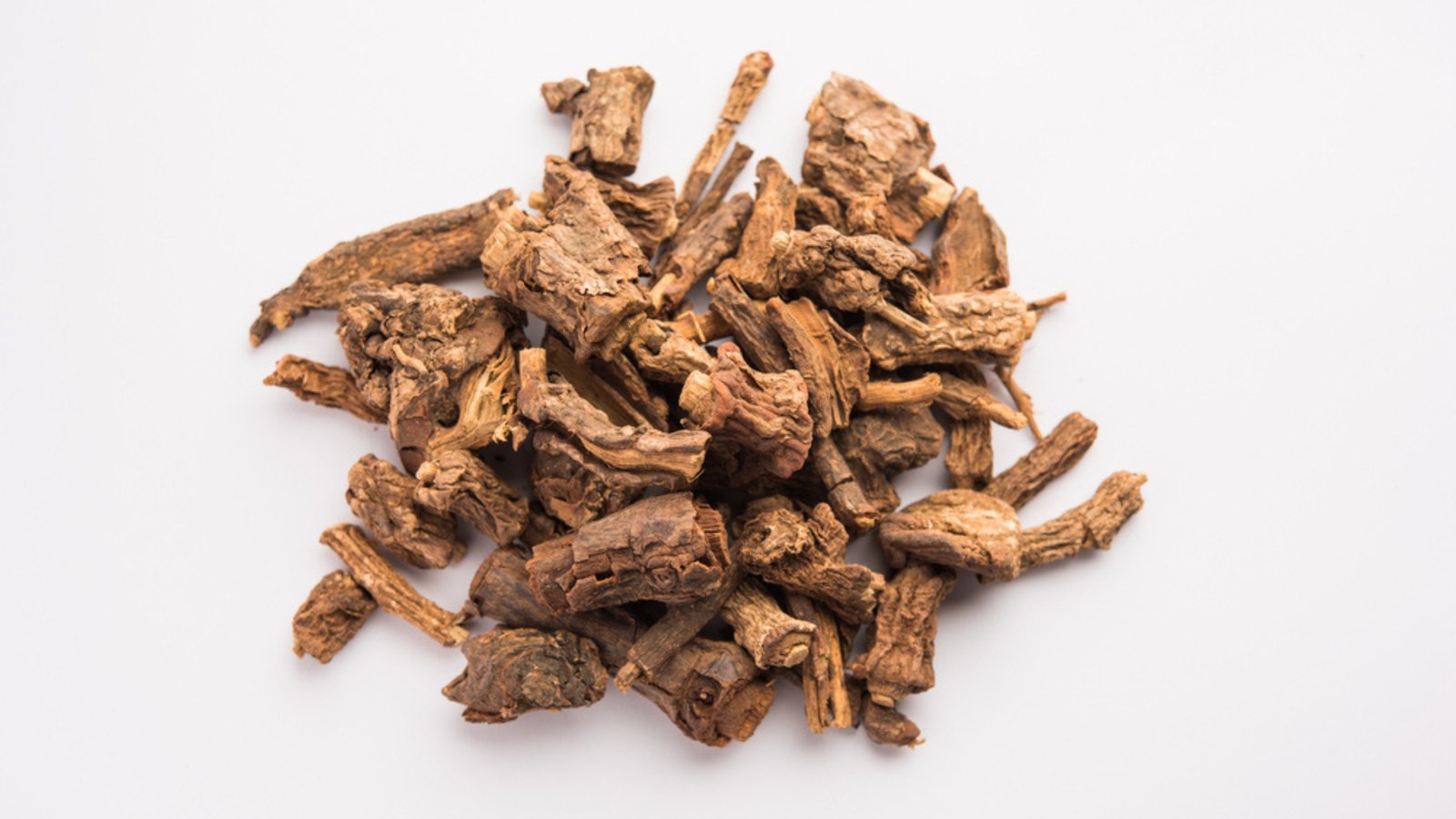
"Anantmool (Hemidesmus indicus), also known as Indian Sarsaparilla, is a twining perennial shrub native to South Asia and valued for its extensive use in traditional Indian medicine. It is highly valued in Ayurveda, Siddha, and Unani systems for its detoxifying, anti-inflammatory, and rejuvenating properties. Anantmool roots are fragrant and have been used for centuries in treating skin disorders, urinary issues, and as a blood purifier.
"
Anantmool Scientific Name
- Kingdom: Plantae
- Phylum: Angiosperms
- Class: Eudicots
- Order: Gentianales
- Family: Apocynaceae
- Genus: Hemidesmus
- Species: Hemidesmus indicus (L.) R.Br. ex Schult.
Anantmool Common Name
- English: Indian Sarsaparilla
- Sanskrit: Anantmool, Sariva
- Hindi: Anantmool
- Tamil: Nannari
- Telugu: Sugandhi-pala
- Malayalam: Nannari
- Kannada: Sogade beru
- Marathi: Upalsari
- Bengali: Anantamul
Traditional and Medicinal Uses
- Blood Purifier - Widely used to cleanse the blood, treat skin conditions like eczema, acne, and chronic itching.
- Anti-inflammatory and Detoxifier - Helps reduce internal inflammation and eliminate toxins from the body.
- Skin Health - Used externally and internally for psoriasis, dermatitis, and wounds.
- Hormonal Balance and Fertility - Traditionally used in female reproductive health for balancing hormones and treating infertility.
- Antipyretic and Cooling Agent - Acts as a natural coolant and is effective in fevers, burning sensation, and gastritis.
- Respiratory and Urinary Benefits - Helps in relieving bronchitis, chronic cough, and urinary tract infections.
References
The Ayurvedic Pharmacopoeia of India, Part I, Vol. I. Ministry of AYUSH, Govt. of India.
Nadkarni, K.M. (1976). Indian Materia Medica, Vol. 1. Popular Prakashan.
Mukherjee, P.K. (2002). Quality Control of Herbal Drugs: An Approach to Evaluation of Botanicals. Business Horizons.
Bhatt, P., et al. (2021). "A phytopharmacological review on Hemidesmus indicus (Anantmool): Traditional uses, pharmacological activities, and phytochemistry." Journal of Ethnopharmacology, 267, 113503.
Sivarajan, V.V., & Balachandran, I. (1994). Ayurvedic Drugs and Their Plant Sources. Oxford & IBH Publishing Co.
European Medicines Agency (EMA). Community Herbal Monograph on Hemidesmus indicus Root.
Indian Herbal Pharmacopoeia, Revised Edition (2002), Indian Drug Manufacturers' Association and Regional Research Laboratory.